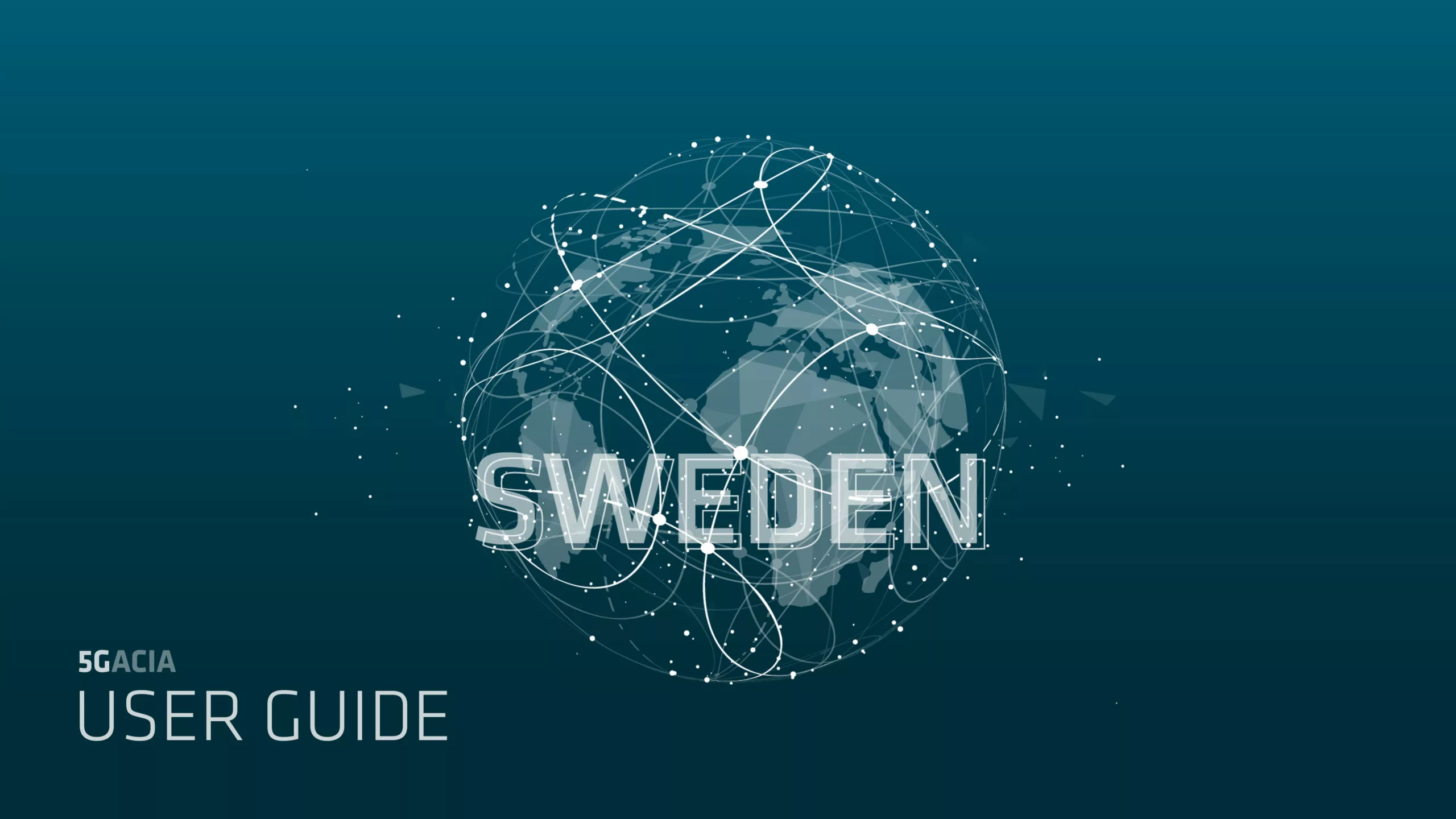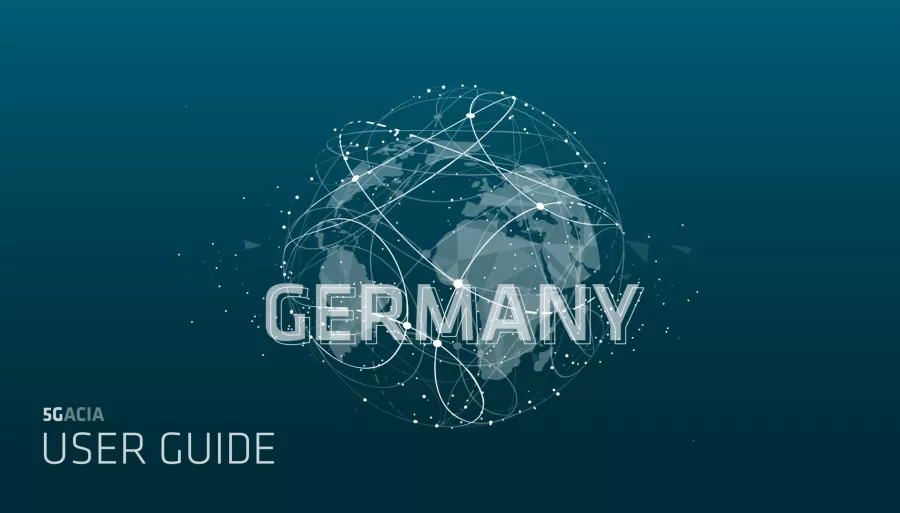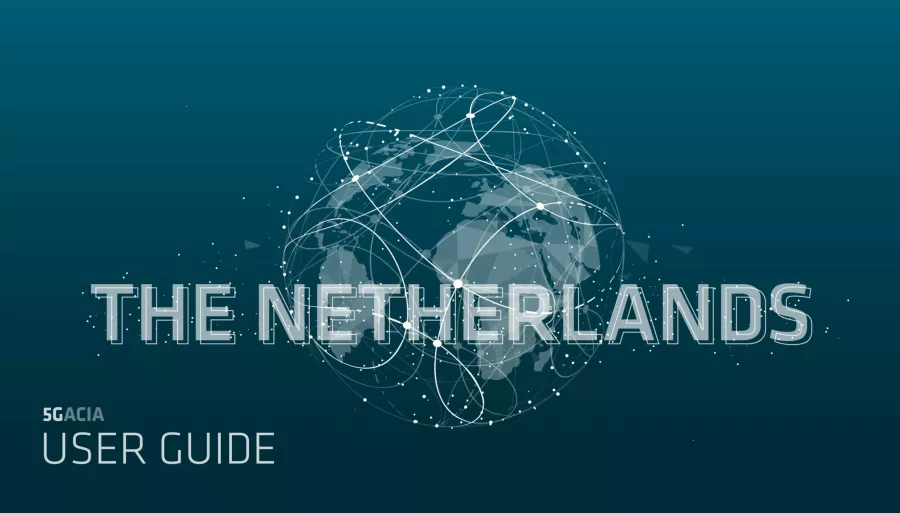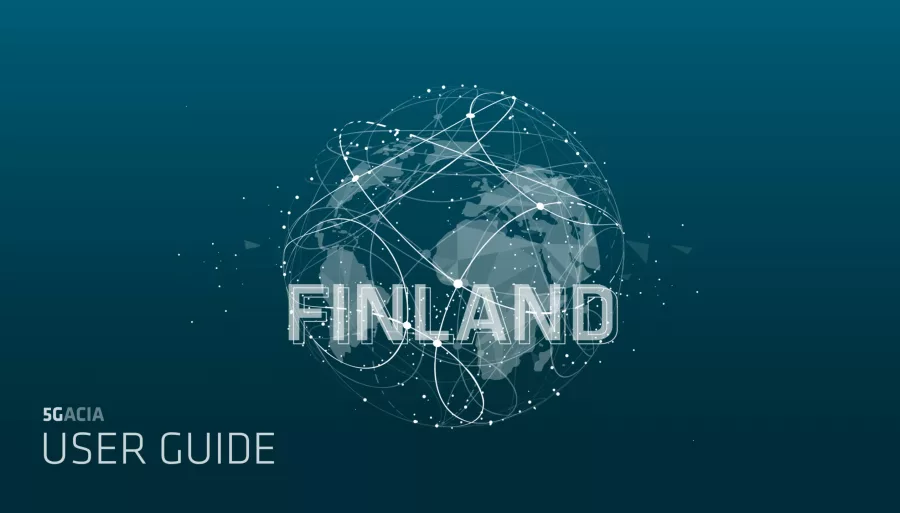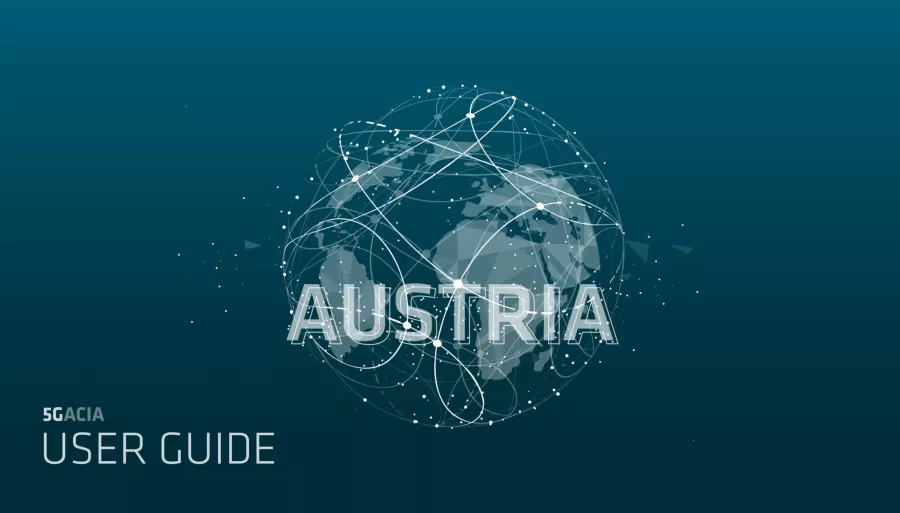Dedicated Spectrum for Local Non-Public (Private) Networks: 3.72-3.8 GHz
The 3.72-3.8 GHz band is allocated for local licenses for non-public networks (NPN) via an application process.
The license covers both indoor and outdoor usage within a property or part of a property. For licenses covering multiple properties, a separate application must be submitted for each property. Additionally, if the license is requested for separate areas within the same property, an individual application must be submitted for each area.
Up to 80 MHz of spectrum can be requested, with block sizes of 10 MHz. The application must specify the purpose of the license and include a map clearly marking the area and its central point. The National Network Agency (PTS) allows interference coordination, synchronization, and adaptation to be managed through agreements among licensees. Specific Block Edge Mask (BEM) requirements apply, along with limitations on emitted power in adjacent spectrum bands.
Due to existing spectrum usage, licenses are not available in the following municipalities: Gotland, Karlskrona, Kungsbacka, Mark, Simrishamn, Skurup, Trelleborg, Varberg, Vellinge, and Ystad.
An approved local license is valid for 5 years, but not beyond December 31, 2032.
Fees (3.72-3.8 GHz):
The license fee is 570 SEK per year for each 10 MHz block.
Dedicated Broadband Spectrum for Local Non-Public (Private) Networks: 24.25-25.25 GHz
The 24.25-25.25 GHz band (“26 GHz band”) is designated for local broadband licenses for non-public networks (NPN) through an application process.
Up to 400 MHz of spectrum can be requested in 50 MHz block sizes. The 24.25–24.7 GHz band is available for indoor use only, within a property or part of a property. If the license is requested for separate areas of a property, a separate application must be submitted for each area. The 24.7–25.25 GHz band is available for both indoor and outdoor use within a property or part of a property. The application must specify the purpose of the license and include a map clearly marking the area and its central point.
The National Network Agency (PTS) allows interference coordination to be managed through agreements among licensees. Specific BEM requirements apply.
An approved local license is valid for 5 years, but not beyond December 31, 2032.
Fees (24.25-25.25 GHz):
The license fee is 285 SEK per year for each 50 MHz block.
More information and further details (in Swedish):
https://pts.se/tillstand-och-anmalan/radio/lokala-tillstand-37-ghz–och-26-ghz-banden/
